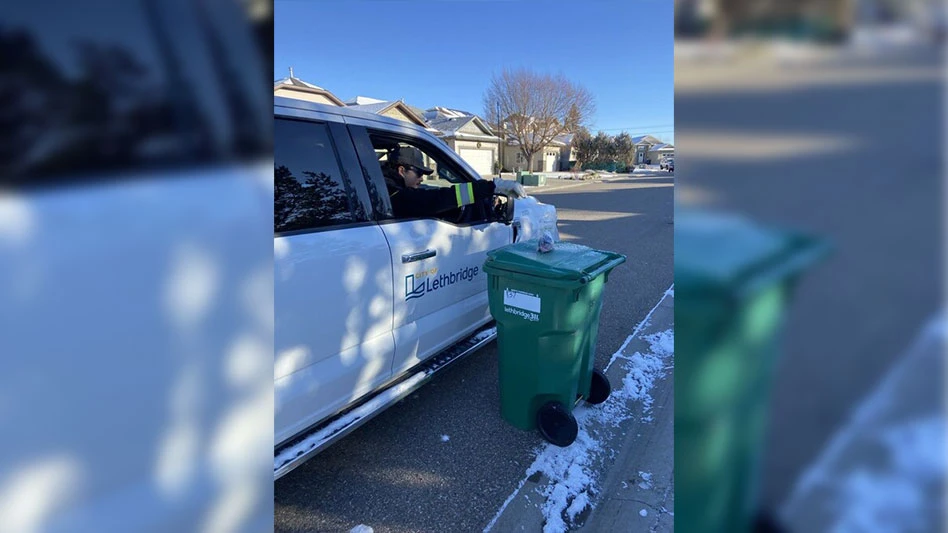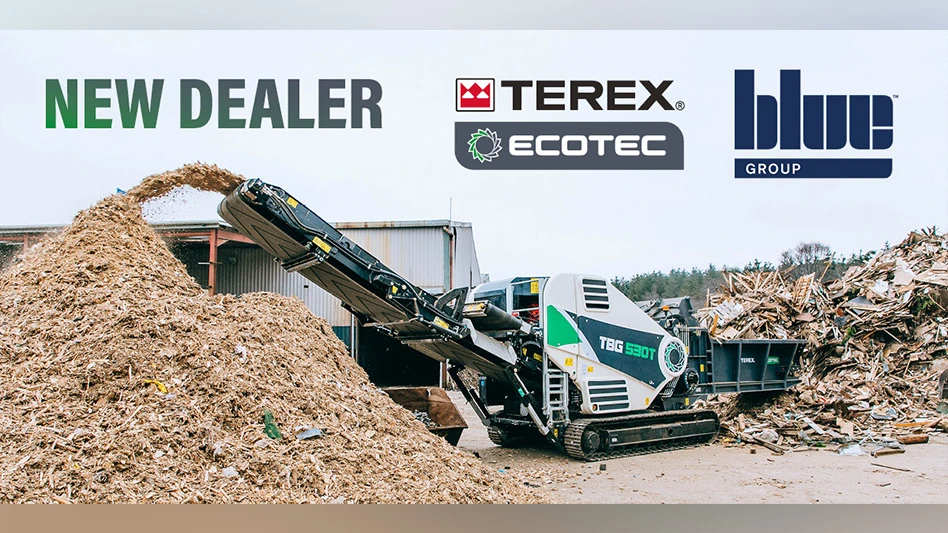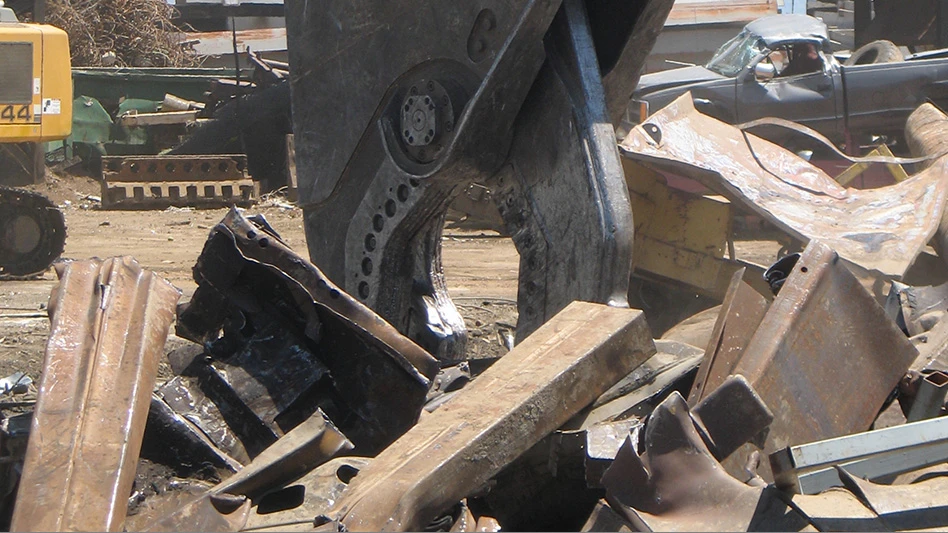
Image provided by Dreamstime.
The New York-based International Copper Association Ltd. (ICA) says several of its member corporations are making strides in their work with copper byproducts and circular industry partnerships to ensure copper’s circular economy loop is fully closed.
The ICA points to Australia-based Rio Tinto, Germany-based Aurubis and Sweden-based Boliden as member companies investing to “take the lead” in what it calls industrial symbiosis. ICA defines that as “the concept of recovering and reusing discarded resources from one industrial operation by another” and says it “presents unique opportunities for the copper industry to contribute to the circular economy.”
ICA says, “Discussion of the circular economy in the copper industry often concentrates on copper’s ability to be recycled over and over again without any loss of properties and the subsequent recovery of end-use products. However, industrial symbiosis focuses on responsible practices further upstream in the value chain, highlighting the unique opportunities that can come from innovative uses of copper byproducts from the production and refining processes and the impact of industry partnerships on sustainable practices."
Copper byproducts, ICA says, have applications in numerous fields, including construction and infrastructure, and can be applied to the production processes of other materials such as aggregates, steelmaking, zinc recovery or as reagents in mining.
As its first example, ICA says iron silicate, a byproduct of Aurubis’ copper smelting and refining, can be produced as a stone, similar to igneous rock; as a granulate, similar to a natural volcanic glass; or as a fine powder, similar to mineral flour.
“It is very durable and extremely strong and hard,” ICA writes. The association says iron silicate is frost and weather resistant, does not absorb water and has an ideal coarseness, shape and density to make it a substitute for natural aggregates.
According to ICA, each cubic meter of iron silicate stone prevents the mining of 1.4 cubic meters of rock. “In this way, byproducts of copper slag can help with maximizing mineral extraction from previously used materials and reduce the need for further mining of aggregate products,” the group says.
The iron silicate has widespread applications in the construction sector, from road construction and asphalts to soil stabilization and hydraulic engineering. With stable physical and chemical properties, iron silicate is compatible with numerous materials, such as limestone, soil, clay, clinker, cement, sand and gravel.
Reusing copper slag iron silicate, which would otherwise be discarded in a landfill, allows Aurubis to contribute to reducing waste in the copper industry and saving natural resources in the construction industry, says ICA.
Boliden’s Rönnskär, Sweden, smelter is one of the world’s largest recycling facilities for metal in electronic material, including copper, according to ICA. Operating since the 1960s, the copper smelter processes 120,000 metric tons of material every year. Several copper byproducts are extracted during the copper smelting process, and Boliden “actively promotes the reduction of waste through the application of copper byproducts for other sectors.”
Boliden extracts copper sulphate and copper telluride from its smelters in Rönnskär and Harjavalta, Finland. Copper sulphate is a blue compound that can be used as a reagent in the mining industry or as an electrolyte in copper refining. However, copper sulphate is most often applied in agriculture as a fungicide and for treating copper-deficient soils.
Copper telluride is a black powder used as an alloying substance in the steel industry and in rubber production. Copper telluride is often sold for processing into pure tellurium and selenium. Selenium is used in pharmaceuticals, soil improvement and paint manufacturing and is found in many types of food.
Additionally, Boliden extracts zinc clinker and iron sand in Rönnskär. Zinc clinker is a yellow powder that comes from copper slag. Metallic zinc can be extracted from the powder. Iron sand is a black, coarse powder that has excellent insulation and drainage properties, making it “an ideal aggregate in road and building construction,” says ICA. Its high density and angular shape make it effective as a blasting abrasive and aggregate in high-density concrete.
“While recycling copper from electronic material already contributes to the circular economy, Boliden’s extensive use of copper byproducts from this process further highlights the potential of industrial symbiosis for the copper industry and the possibilities of reducing waste from the recycling processes themselves,” the association writes.
Global copper mining firm Rio Tinto and France-based electrical equipment group Schneider Electric also have signed an agreement to partner for a symbiotic use of products and services, ICA says.
Under the new partnership, Rio Tinto will supply what it deems responsibly sourced copper to Schneider Electric, which sells products ranging from electrical car chargers to industrial robotics. In return, Schneider Electric will provide energy and industrial services to Rio Tinto as the companies work together to “create digital platforms, technologies and solutions across the mining supply chain” in pursuit of decarbonization.
“This unique partnership will help accelerate decarbonization and renewable energy solutions by combining low-carbon materials with cutting-edge digital technology,” says Alf Barrios, chief commercial officer of Rio Tinto.
“We are excited to work with Rio Tinto to develop clean and pioneering solutions to meet industrial decarbonization challenges,” says Barbara Frei, an executive vice president with Schneider Electric.
Latest from Recycling Today
- Phoenix Technologies closes Ohio rPET facility
- EPA selects 2 governments in Pennsylvania to receive recycling, waste grants
- NWRA Florida Chapter announces 2025 Legislative Champion Awards
- Goldman Sachs Research: Copper prices to decline in 2026
- Tomra opens London RVM showroom
- Ball Corp. makes European investment
- Harbor Logistics adds business development executive
- Emerald Packaging replaces more than 1M pounds of virgin plastic





